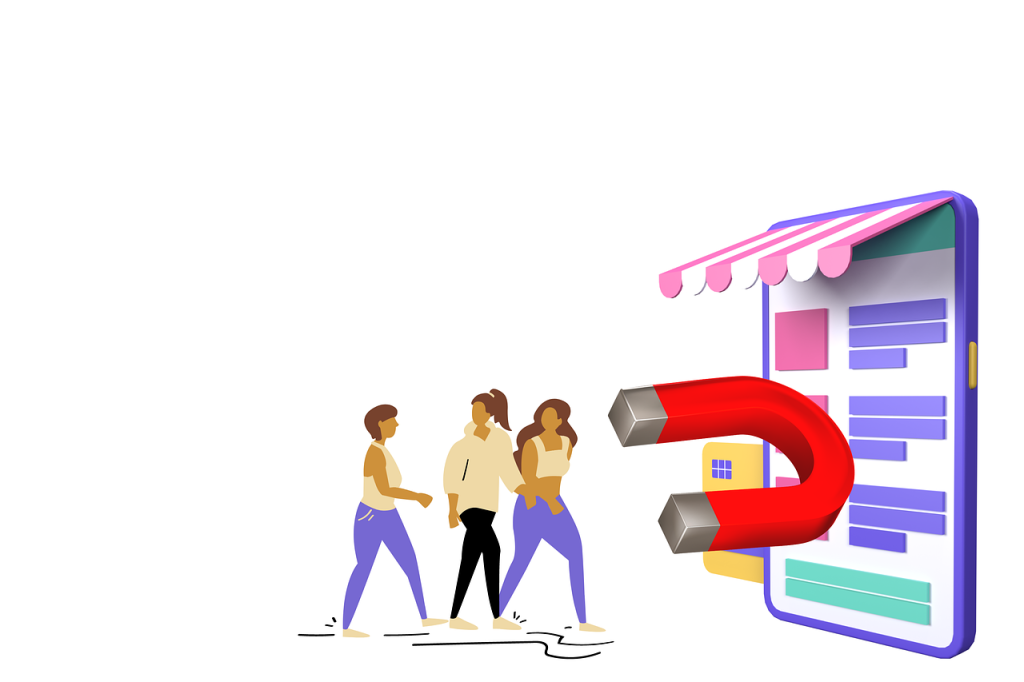 Google+ launched a new application sign-in process Feb. 26, pushing the social service ever closer to an actual foothold in the digital space.
Google+ launched a new application sign-in process Feb. 26, pushing the social service ever closer to an actual foothold in the digital space.
Although several years behind their main competitors, Google+ aims to learn from Facebook and Twitter’s haste, taking more care in preventing “social spam,” and holding the user experience ever sacred.
David Glazer, engineering director at Google+, calls this “…one of the most significant launches that has come out of the Google+ platform.”
The new sign-in process embraces simplicity, and it appears to grant users a lot more control in determining who sees what they post. So while the feature is long overdue and sounds quiet useful and efficient, the question that needs to be asked is: will it be enough to propel the sputtering Google+ forward in the social stratosphere?
Keep it Simple
First and foremost, Google stays true to form and ensures the new sign-in process is intuitive and simple for end users and developers alike. Sample sign-in screens released thus far show a process that looks very similar to Facebook Connect. Since the web world is inundated with many offerings from the Google family, account information and passwords are well known. It’s therefore far easier to login to your Google account than it is to register from scratch on any given site, so from that perspective, the feature is a no-brainer.
Adding the functionality to existing sites also looks to be fairly straightforward (which is far more than Facebook can say when they rolled out their Connect feature some years ago.) Of course, once the new sign-in is live, developers can monitor usage stats through Google Analytics as well.
Advanced Mobile Integration and Security Features
Making life easier on your handheld device is also at the forefront of the rollout. Once you login to your Google+ account via any participating website, you can immediately launch and install the relevant Mobile application with a single click (or decline the option just as easily). It’s important to note that only Android phones offer this flexibility since Apple’s restrictions prohibit the process for their iOS devices.
Additionally, any shared activity within a site allows your viewers to click through and interact with the app themselves. This is an attempt to make feeds more functional to those who are perusing, and to give better targeted exposure to featured applications.
As with everything Google tackles, they’ve put a lot of thought into keeping things secure. Once you add an app to your Google+ sign-in, for example, you access a permissions screen that delineates the data you’re willing to share, and the people that will be able to view related activity. The same 2-step account verification process available in Gmail is also carried over, providing added security in a world where passwords are becoming easier and easier to hack. Finally, Google+ offers an apps permission page for users to manage any and all settings.
No More Social Spam!
Google is nothing if not methodical about their rollouts (a great excuse for why this latest update is so behind the curve), and their insistence on not littering the digital landscape with more useless updates, shares, images and feeds (now known as “social spam”) is noble indeed. Google insists the new sign-in process greatly limits a great deal of this digital waste. For example, users are now prompted to indicate who in their Google+ Circles can see various content, and app activity only appears in feeds when relevant – in other words, when a user is actually searching for related info.
A Genius Move, or Too Little Too Late?
Google’s main issue with their social network is not the lack of whiz-bang features or clumsy developer tools, it’s something much more elusive – eyeballs. While most netizens definitely appreciate Google+’s war on social spam (the backlash against Facebook’s questionable policies is ever-increasing), the hard truth is that Google’s social darling still does not have rich profile content or a gaggle of regular daily sign-ins. This means that while Circles may be somewhat populated, in theory, the activity by such users is minimal, especially when compared to Facebook and Twitter.
The issue of eyeballs, however, may be the very reason the new sign-in process proves a smashing success, if in fact it helps to increase Google+ activity. This will all come down to how many developers and sites actually feature the new process. Currently, there are a handful of early adopters: FitBit, TheFancy.com, Flixster.com, USA Today and the UK Guardian newspaper have all launched updated login screens with Google+ sign-in. Most sites also obviously offer Facebook and Twitter sign-ins too, so one can’t help but wonder – will users prefer the Google+ option over the other social giants? The answer is a very strong maybe, because while Google+ may not have the flurry of daily users, Google’s suite of offerings most certainly does.
While the verdict is still out regarding the success of the new sign-in, the truth is, Google has little to lose with this release. The worst case scenario is that developers don’t add the process to their sites and apps, and Google+ is left in its current quiet state – a seriously unlikely scenario. If it does help them gain traction, it’s game-on with the Facebook showdown.
Google+ already wins the war on security – they have far more respect in this arena then Twitter and Facebook combined. And while developers often voice impatience at their slow releases and limited access, there is an understandable method to their madness. The head of the social network, Vic Gundotra, wrote last August that he took responsibility for third-party developers’ limited Google+ write access, expressing, “I’ve repeatedly stated the reason – I’m not interested in screwing over developers. When we open an API, we want developers to feel confident that the innovations they build are going to be long lasting. Releasing an API, and then later changing the rules of the game, isn’t fun for anyone, especially developers who’ve spent their life’s energies building on the platform.”
Are they late to the party? Most definitely. But let’s not forget, the turtle won the race, and Google+ is anything but out.



